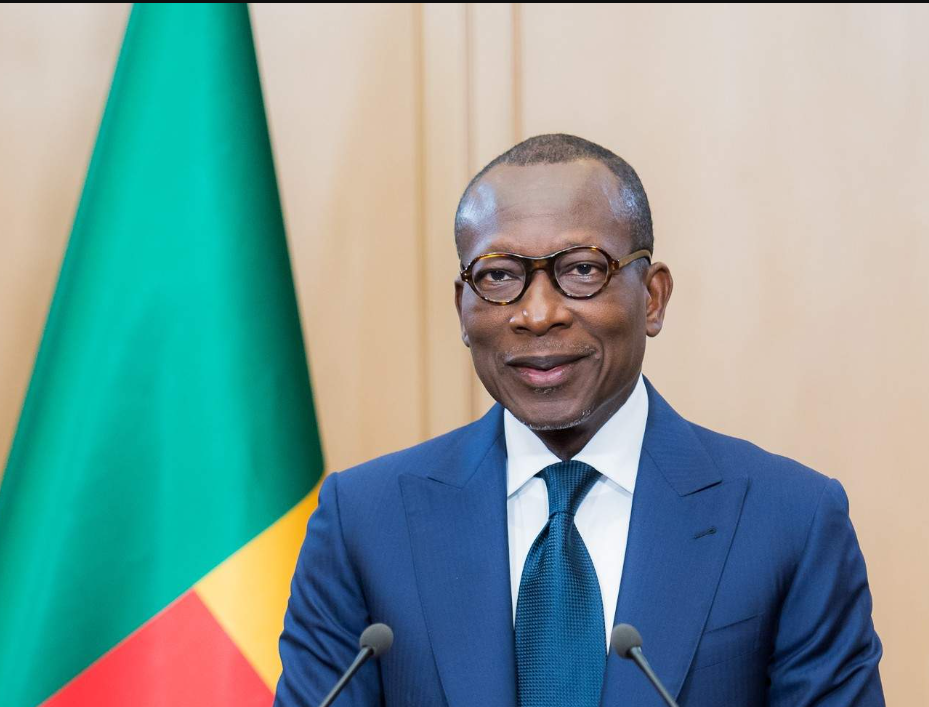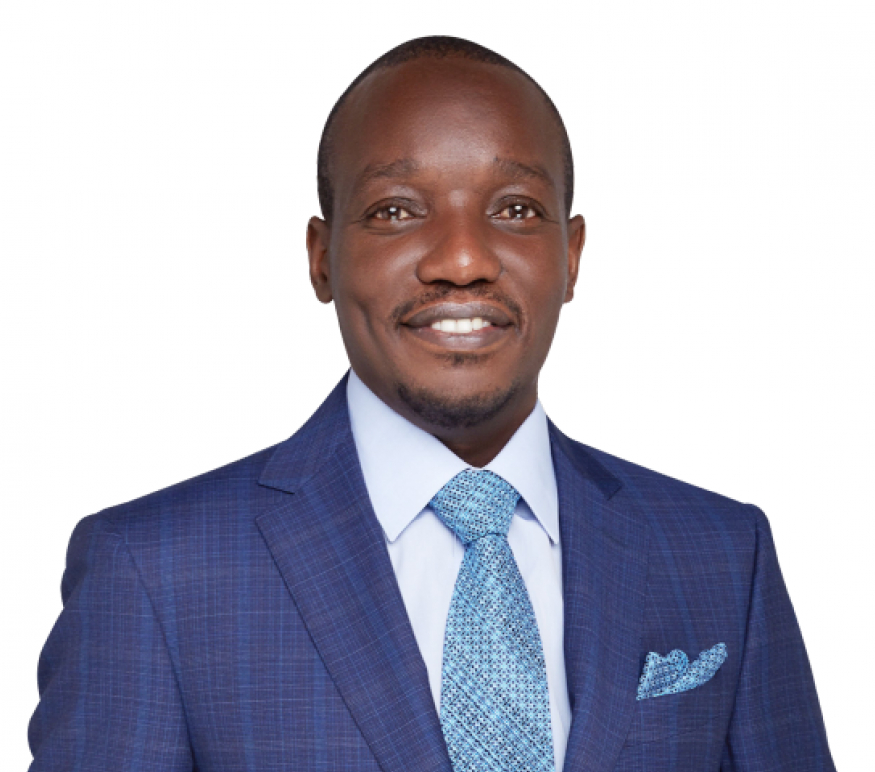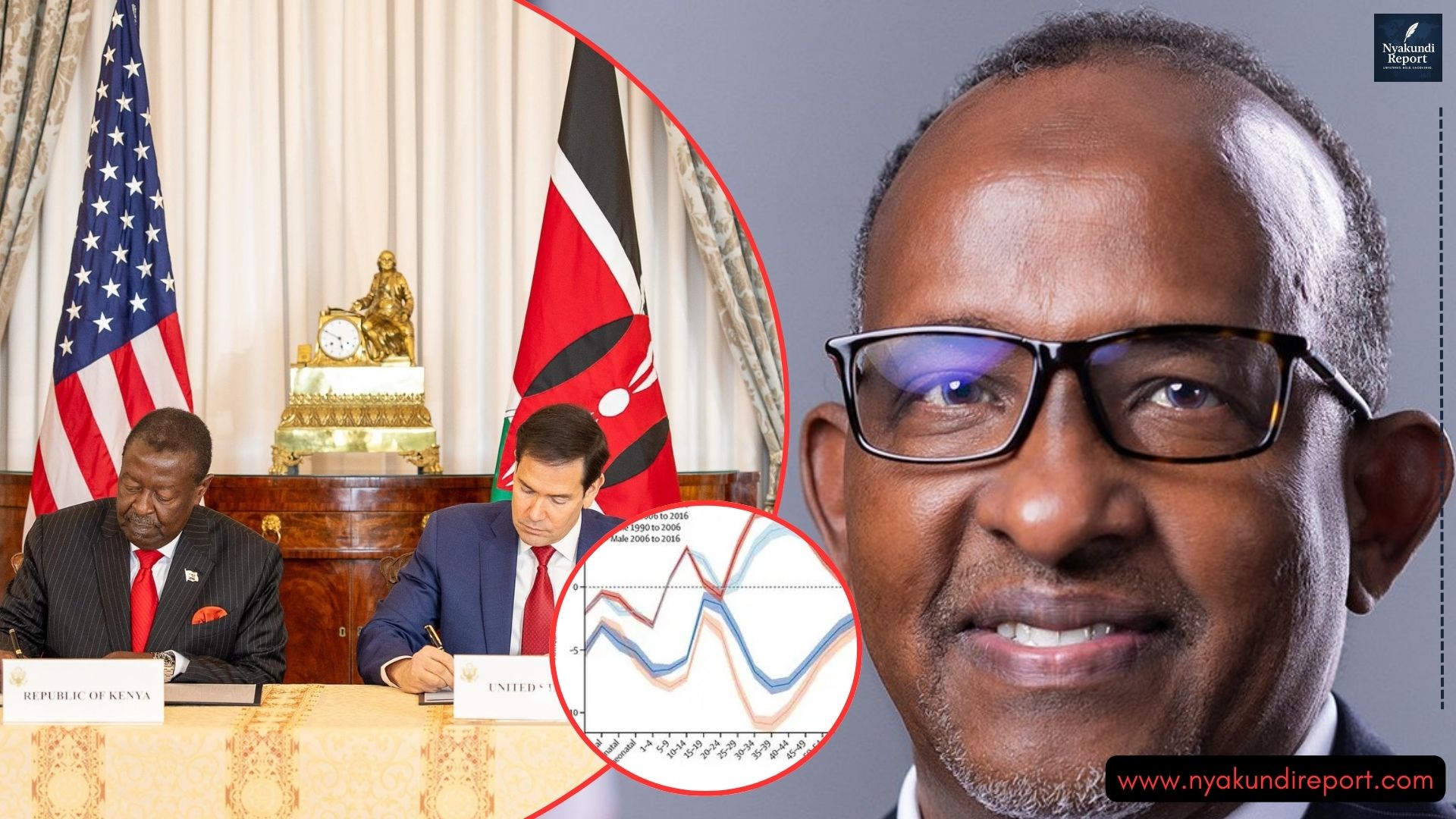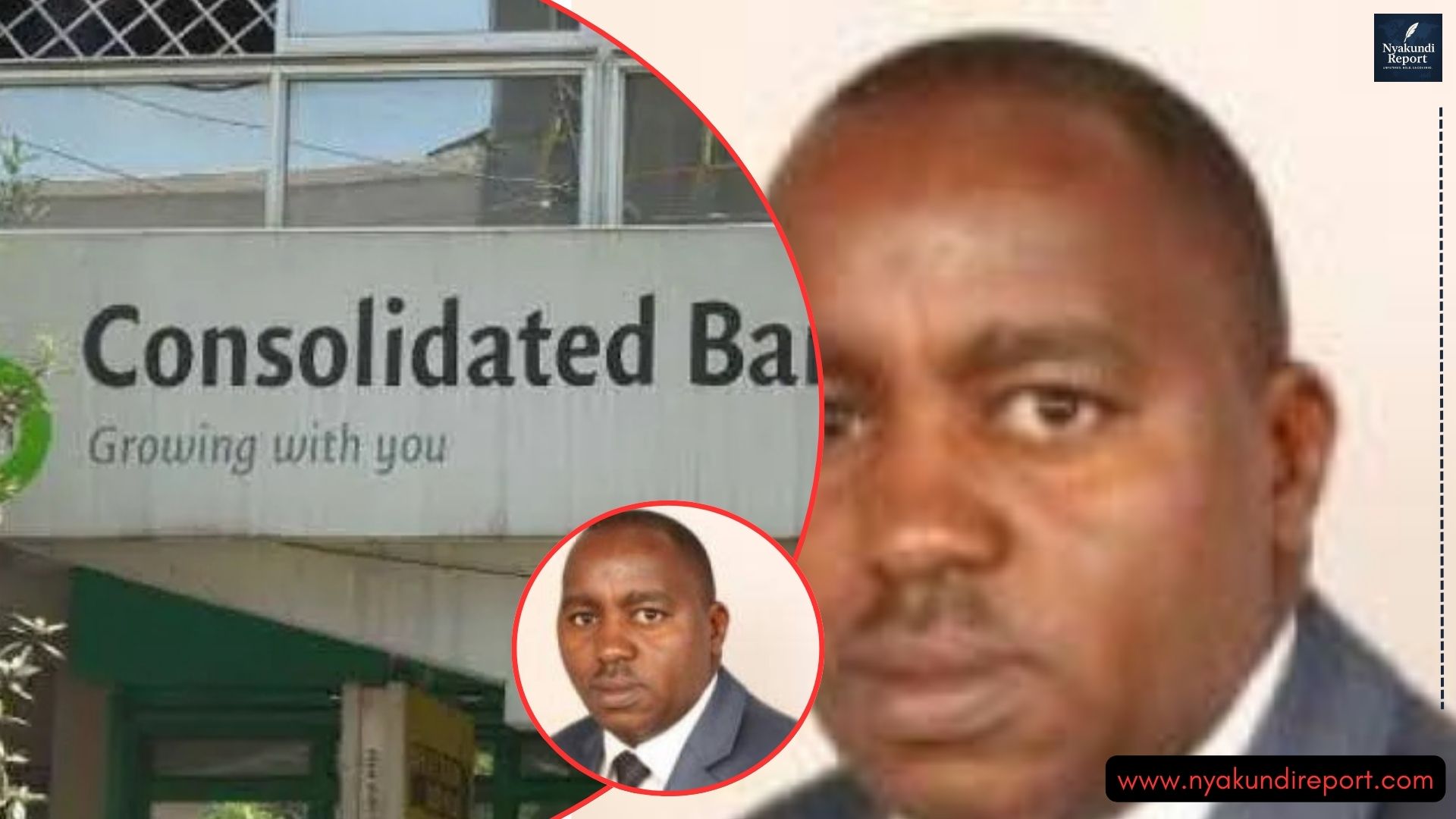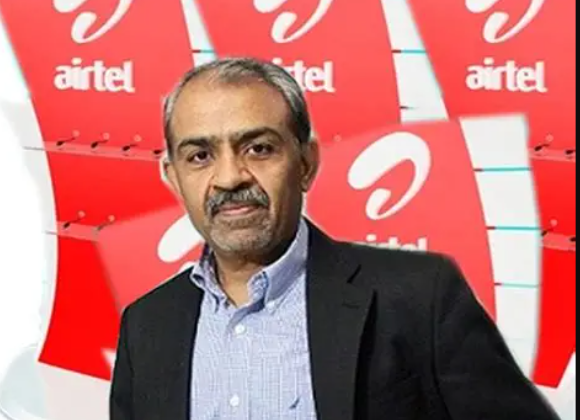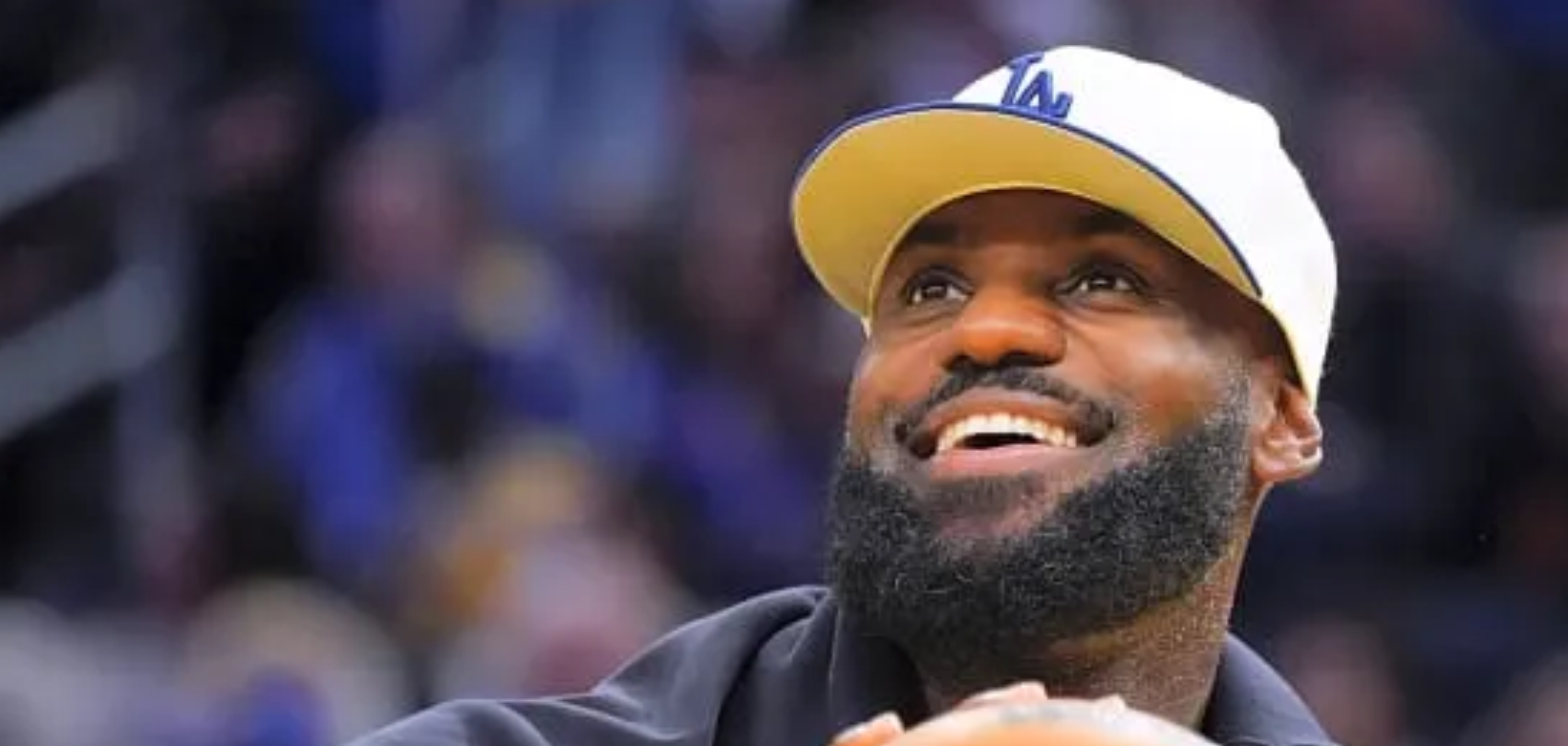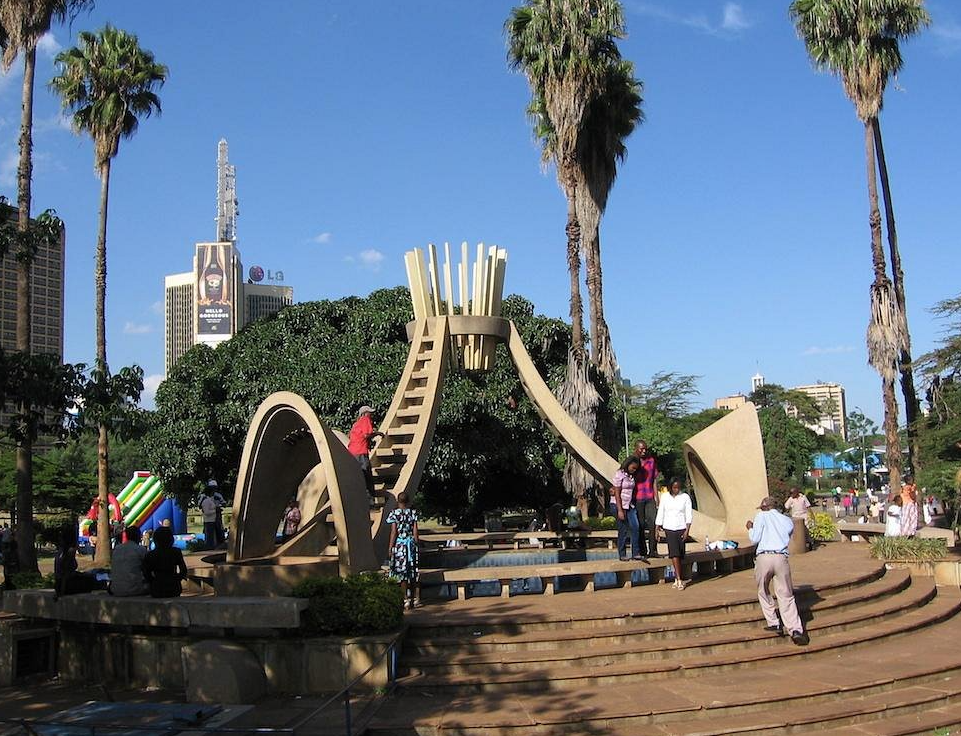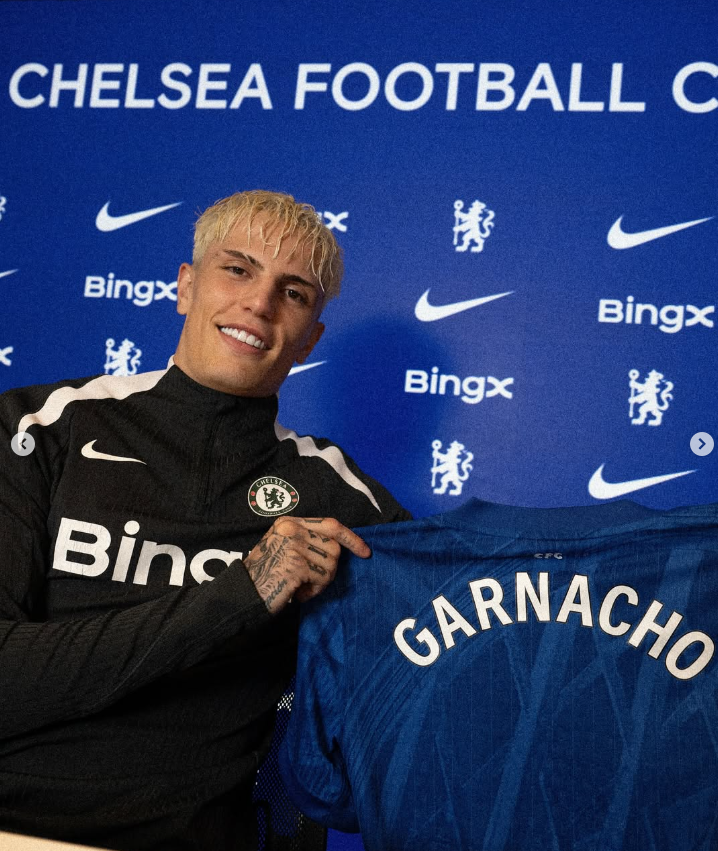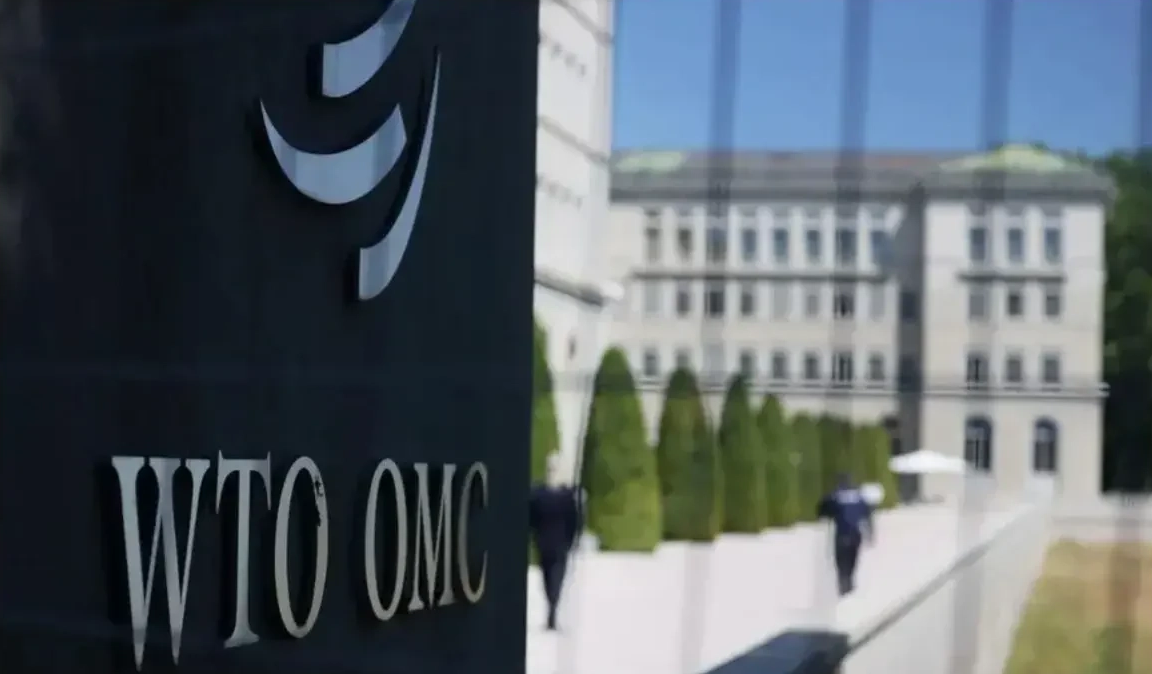Nairobi is once again under fire—this time not from protestors, but from its own leaders. Embakasi East MP Babu Owino has come out guns blazing, accusing Nairobi Governor Johnson Sakaja of being behind the chaos that rocked the capital on Tuesday.
According to the outspoken legislator, what appeared to be unrest during demonstrations was actually a planned and well-funded operation involving hired goons unleashed to terrorise innocent civilians.
In a fiery statement, Babu Owino painted a disturbing picture of a city where leadership has allegedly turned on its people, using gangs and intimidation to control dissent.
He directly blamed Sakaja and unnamed senior government officials, saying the violence was “state-enabled criminality” meant to instill fear and suppress voices of protest. His remarks have escalated political tensions and raised fresh questions about the capital’s security and governance.
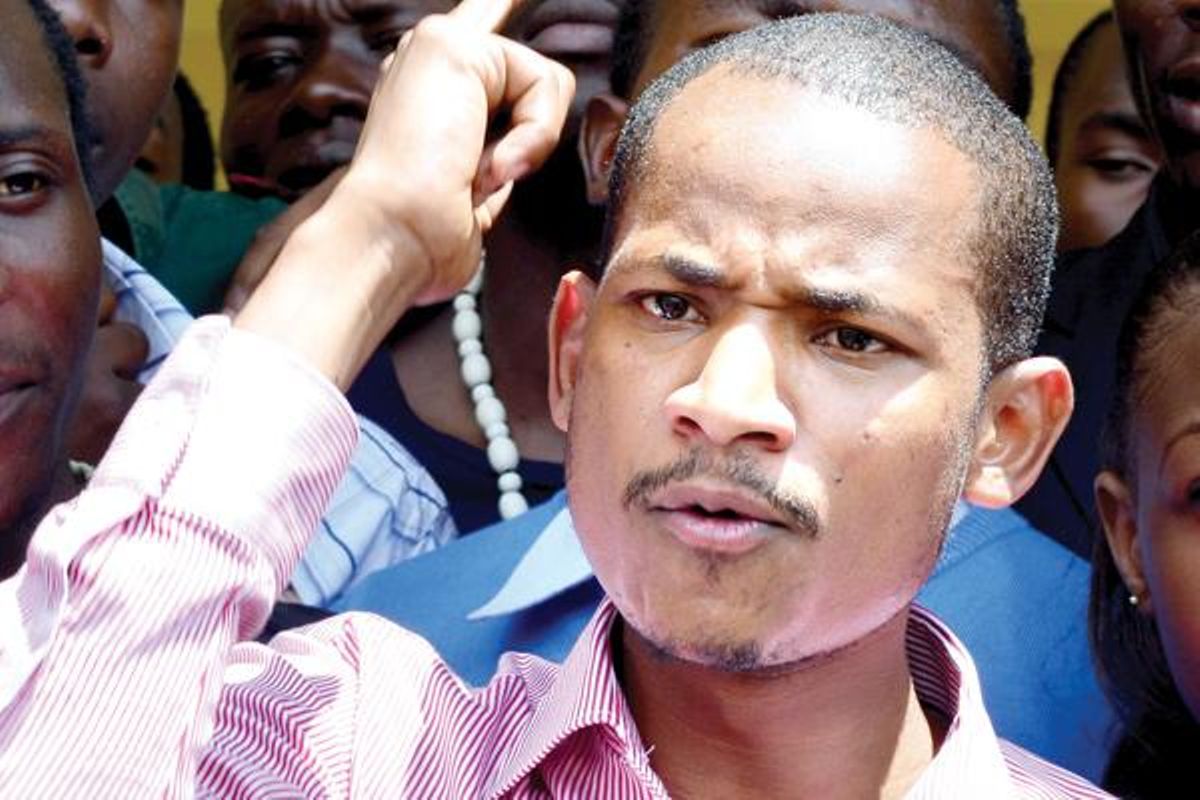
Babu Owino Links Sakaja to Nairobi Goons and Chaos
The chaos in Nairobi’s Central Business District left dozens nursing injuries and countless others counting losses. Protesters who took to the streets to demand justice over the death of Albert Ojwang, a young man who died in police custody on June 8, were met not just by security forces—but also by gangs armed with knives, clubs, and blunt weapons.
Eyewitnesses say the goons targeted anyone in sight, robbing and assaulting both protestors and bystanders. Babu Owino has now pointed a finger at Sakaja, claiming the attacks were far from spontaneous. “These goons did not act out of anger. They were sent. Sent with a mission—to harm, to steal, and to silence,” said Owino.
He added, “Johnson Sakaja, your actions did not make you strong. Hurting others does not give you power; it only reveals your utter disregard for the rule of law.”
According to Babu, what Nairobi witnessed was organised terror disguised as counter-protests. He claimed that rather than ensuring law and order, Sakaja was using government resources to fund chaos and keep political critics in check.
Public Safety in Jeopardy Under Sakaja’s Watch
Babu Owino didn’t stop at accusations. He painted a broader picture of failure and lawlessness under Sakaja’s administration. “The capital has become disorganised under his leadership. There is no order. Instead of protecting citizens, the government machinery is being used to intimidate them,” he said.
He went further to accuse Sakaja of deliberately weakening the city’s institutions. “If the governor won’t protect Nairobians, then who will? We cannot allow a situation where criminal gangs take control of our city while leaders look the other way—or worse, fund them.”
In what appeared to be a call for national intervention, Babu urged other leaders and human rights groups to step in and hold Sakaja accountable. He called for investigations into the origin and funding of the gangs and demanded compensation for victims of the violence.
“This is not just about politics anymore. It’s about public safety and justice,” he said.
Sakaja Defends Himself on Sponsoring Goons But Avoids Direct Response
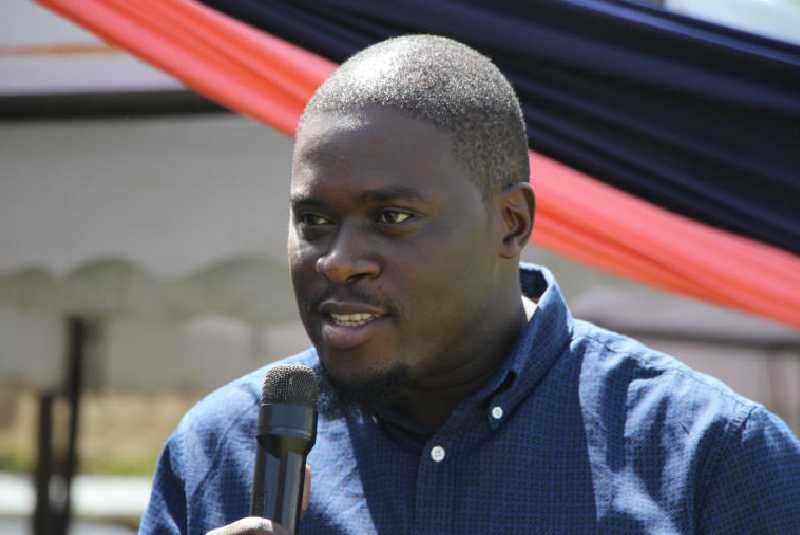
As of the time of publishing, Governor Sakaja had not directly responded to Babu Owino’s claims. However, just days earlier—on June 15—Sakaja issued a stern warning to those he claimed were behind the destruction of public property during the previous week’s protests.
Speaking in Kamagut, Sakaja said security agencies had already identified suspects who vandalised lighting and sanitation infrastructure in Nairobi. “Even if we are angry, let us not destroy our property. If we must demonstrate, let us do so peacefully,” he said.
He insisted that the real criminals were hiding among protesters, using the demonstrations as a cover to loot and destroy. “The next time, let no one try to destroy infrastructure, burn cars, steal from businesses, or cause chaos,” Sakaja warned.
But critics like Babu see those remarks as diversionary. According to them, the real threat to Nairobi is not demonstrators demanding justice, but a city government that may be complicit in organized lawlessness.
Eyewitness accounts from the Tuesday chaos seem to support Babu’s claims. Victims say the goons appeared organised, coordinated, and specifically targeted certain areas. “They were not just angry citizens. They had weapons. They came in groups. They knew exactly what they were doing,” one trader told reporters.
A City on the Edge
As tension continues to rise, Nairobians are left wondering if their leaders are truly committed to protecting them—or merely playing power games at their expense. With political temperatures soaring and no signs of calm in sight, the capital risks plunging further into instability.
Babu Owino has vowed to pursue all legal and political channels to bring those responsible for the chaos to justice. “This city belongs to the people—not to thugs, and not to leaders who act like thugs,” he said.
Whether Sakaja will respond directly or launch an inquiry into the accusations remains to be seen. But one thing is clear—Nairobians want answers, and they want them now.




